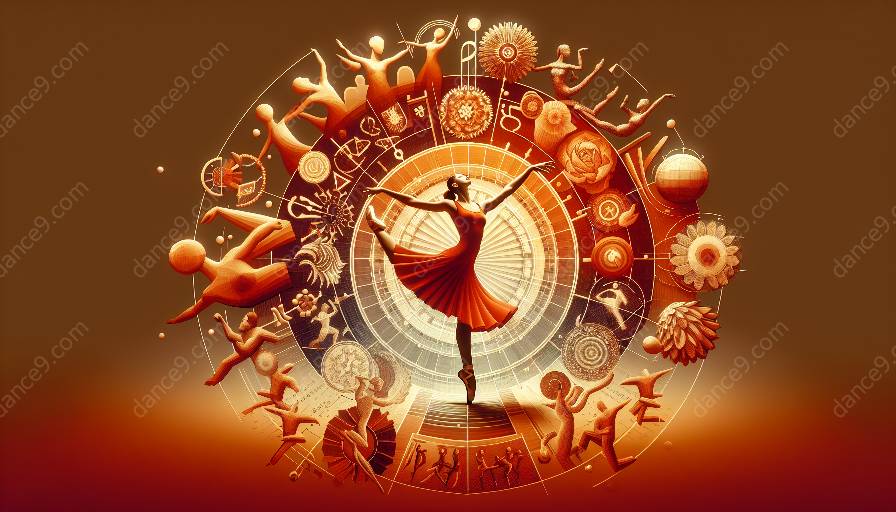Dance is a multifaceted art form that encompasses various cultural expressions, rituals, and social activities. Within the realm of anthropology and dance studies, the material culture of dance, particularly the costumes and adornments, holds immense significance. This topic cluster aims to provide an in-depth exploration of the intricate relationship between material culture and dance, focusing on the role of costumes and adornments in shaping and reflecting the cultural, social, and historical dimensions of dance.
The Importance of Material Culture in Dance Anthropology
Dance anthropology examines the cultural, social, and historical aspects of dance practices across different societies and time periods. Material culture, including costumes and adornments, serves as a tangible representation of these practices, offering valuable insights into the beliefs, values, and traditions of the communities from which they originate. Through the study of material culture, anthropologists can unravel the interconnectedness of dance with identity, spirituality, and societal dynamics.
Costumes as Cultural Artifacts
Costumes worn by dancers are not merely garments; they are symbolic of cultural narratives, traditions, and aesthetic expressions. In many indigenous and traditional dance forms, costumes are meticulously crafted using traditional techniques and materials, such as feathers, beads, and natural fibers. Each costume reflects the unique aesthetics and symbolism of a particular culture, carrying profound meanings related to mythology, spirituality, and historical events.
Adornments and Their Symbolism
Adornments, including jewelry, headdresses, and body paint, play a crucial role in dance performances. These adornments often hold symbolic significance, representing elements such as status, power, or spiritual connections. In some cultures, specific adornments are reserved for ceremonial dances or rituals, signifying the sacred nature of these performances. The intricacy and symbolism of these adornments underscore the deep-rooted connections between dance, spirituality, and cultural heritage.
Evolution of Dance Costumes and Adornments
As dance continues to evolve and adapt to contemporary contexts, so do the costumes and adornments associated with it. The fusion of traditional and contemporary elements in dance costumes reflects the dynamism of cultural expressions, highlighting the ongoing fluidity and resilience of dance traditions. Furthermore, the incorporation of modern materials and designs demonstrates the adaptability of dance costumes to changing societal norms and artistic innovations.
Interdisciplinary Perspectives in Dance Studies
Within the discipline of dance studies, the exploration of material culture provides a bridge between artistic, historical, and anthropological inquiries. By integrating perspectives from multiple disciplines, researchers are able to contextualize the significance of dance costumes and adornments within broader historical, social, and cultural frameworks. This interdisciplinary approach sheds light on the multifaceted nature of dance and enriches our understanding of its interconnectedness with human experience.
Preservation and Revitalization Efforts
Amidst the challenges posed by globalization and cultural homogenization, there has been a growing movement to preserve and revitalize traditional dance costumes and adornments. Cultural institutions, researchers, and practitioners are actively engaged in documenting and safeguarding these material artifacts, recognizing their intrinsic value as carriers of intangible cultural heritage. Through these efforts, the rich tapestry of dance material culture continues to be celebrated and perpetuated for future generations.
Conclusion
The material culture of dance, encompassing costumes and adornments, serves as a tangible repository of human creativity, beliefs, and values. Its significance within the domains of dance anthropology and dance studies underscores the intricate connections between dance and broader cultural, social, and historical contexts. By delving into the intricate details of dance costumes and adornments, we gain a deeper appreciation for the wealth of stories and meanings woven into the fabric of dance traditions across the world.

















